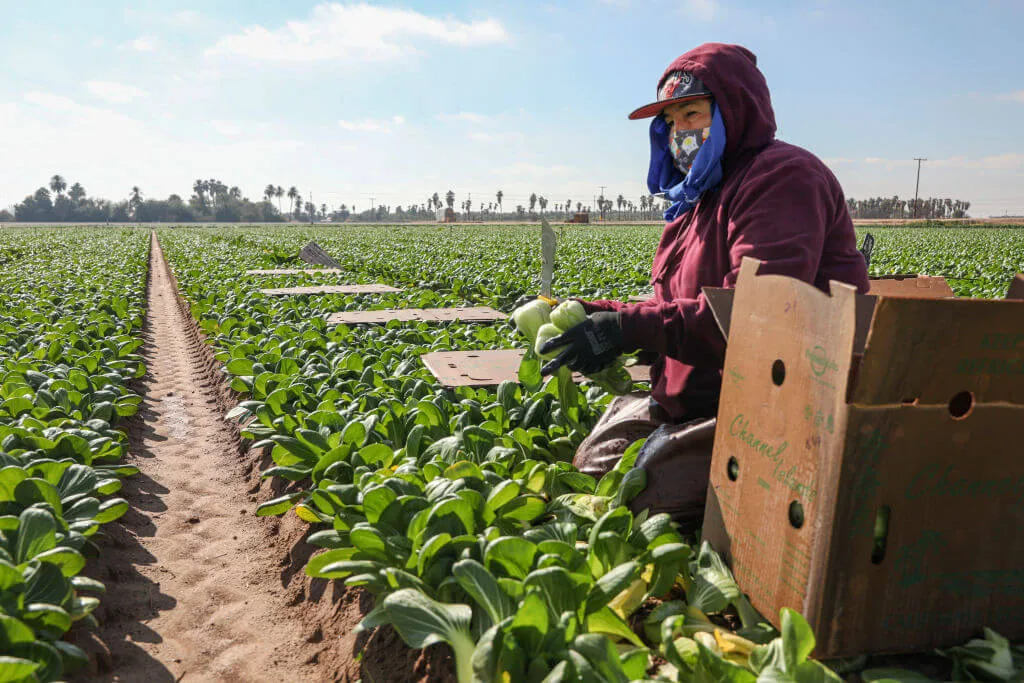
Image via Shutterstock
Faulty statistics could leave Americans who make decisions about day-to-day matters with the impression that the virus is under more control than it actually is.
As the American death toll from coronavirus ticks toward 100,000 and all 50 states begin the process of reopening, a new, and potentially deadly issue is emerging: faulty data.
National and state health officials and government leaders stand accused of bungling coronavirus infection statistics, and in some cases, even manipulating or censoring data to make things look better than they are and justify the risky decision to reopen states.
Public-radio station WLRN in Miami, Florida, reported on Wednesday that the Centers for Disease Control and Prevention is also combining the results of antibody and viral tests. Conflating the two poses a problem because they are not the same. An antibody test indicates that a patient was probably previously infected, while viral tests—which are considered the gold standard for diagnosis—identify those who are currently infected.
News of the CDC’s approach stunned some health officials.
“You’ve got to be kidding me,” Ashish Jha, the K. T. Li Professor of Global Health at Harvard and the director of the Harvard Global Health Institute, said to the Atlantic when told what the CDC was doing. “How could the CDC make that mistake? This is a mess.”
Critics argue that this approach doesn’t accurately reflect how the virus is spreading, muddies the waters, and makes it more difficult for the U.S. to respond appropriately. “The two tests are totally different signals,” Jha told the Atlantic. By combining the two types of results, the CDC has made them both “uninterpretable,” he said.
The risk posed by faulty statistics cannot be understated: Government leaders, community officials, business owners, and ordinary Americans rely on data to make decisions about lockdowns, reopenings, and other day-to-day matters. If that data is inaccurate, they could be left with the impression that the virus is under more control than it actually is, putting lives at stake.
RELATED: The Story of These 2 Churches Shows the Risks of Reopening
“You’re putting apples and oranges together and calling them oranges,” Dr. Harry J. Heiman, a clinical associate professor at Georgia State University’s School of Public Health, told the Macon Telegraph this week. “You’re mixing two different tests. … All that does is over-inflate the testing number … If anything, it skews those numbers to make it appear like the level of disease relative to testing is actually dropping much more dramatically than it is.”
It’s not just the CDC that’s combining the results of viral and antibody tests. In at least six states—Georgia, Maine, Pennsylvania, Texas, Virginia, and Vermont—officials said they have been combining the results of viral tests and antibody tests. Vermont and Virginia said they stopped combining the two types of tests in the past few days. Still, health officials in Virginia, where Democratic Gov. Ralph Northam has eased up on restrictions, said that combining the numbers caused “no difference in overall trends.”
In Texas, where health officials said last week that they were including some antibody results in their testing totals and case counts, Republican Gov. Greg Abbott said Monday that the numbers were not being co-mingled. Health officials did not respond to the Associated Press’ requests for clarification.
In Georgia, the combining of data represents just the latest in a controversial series of decisions made by state leaders. Gov. Brian Kemp and leading health officials have come under intense scrutiny in recent weeks, after the Department of Public Health on May 11 posted a misleading chart on its website, suggesting cases were declining over time in the most severely affected counties. In reality, the chart listed the dates out of order. For example, the May 7 totals came right before April 26, which was followed by May 3.
The chart misrepresented the data in such a way as to make it seem like the number of infections were going down when in fact, there was no clear downward trend. The errors have raised concerns that the state’s data is being manipulated to conjure support for the Republican governor’s early easing of restrictions.
RELATED: As Trump Urges States to Reopen, Thousands of Workers Are Falling Sick
“I have a hard time understanding how this happens without it being deliberate,” state Rep. Jasmine Clark told the Journal-Constitution. “Literally nowhere ever in any type of statistics would that be acceptable.”
Clark, a Democrat who holds a doctorate in microbiology, accused Kemp’s team of trying to “make the data fit the narrative.”
Kemp spokesperson Candice Broce insisted the governor’s office is not pressuring the Department of Public Health to manipulate data to support Kemp’s decision to reopen nonessential businesses.
“We are not selecting data and telling them how to portray it, although we do provide information about constituent complaints, check it for accuracy, and push them to provide more information if it is possible to do so,” Kemp’s communications director Candice Broce told the Journal-Constitution.
Broce said public health officials were trying to highlight which days had seen the highest peaks of infections. “It was not intended to mislead,” Broce told the AP on Tuesday. “It was always intended to be helpful.”
Georgia’s data issues don’t end there. As the Atlanta Journal-Constitution has pointed out, the agency has also incorrectly posted at least twice that children have died of the virus, while also sharing confusing information about the state’s death count.
The DPH also regularly publishes a graph that shows cases over time, except new infections are not listed on the day they came back positive, which is the practice in many other states. Instead, Georgia lists new cases on the day the patient first reported symptoms. That practice can shift the timeline of the outbreak and make it appear as if the state is moving past the peak.
Broce insisted that the governor’s office is not telling the department what to do and that officials are not trying to dress up the data to make Kemp look better, telling the AP that this “could not be further from the truth.” Kemp’s office and the Department of Public Health have both apologized for the issues and the governor’s office has promised the state would never make this sort of mistake again.
In Florida meanwhile, the official behind the state’s coronavirus “dashboard,” a web page showing the number of COVID-19 cases and deaths, says she was removed from her position because she was ordered to censor some data, but refused to “manually change data to drum up support for the plan to reopen.”
The official, Rebekah Jones, also says she was directed to remove data showing people had symptoms or positive tests before the cases were announced. Jones said she objected to the order, but nonetheless complied. She was still removed from her role the following day, May 6, and ultimately fired on Tuesday, according to the Tampa Bay Times.
RELATED: Creator of Florida’s COVID-19 Dashboard Fired By DeSantis for Refusing to Censor Data
The importance of accurate data is magnified by the fact that many states have reopened despite failing to meet the Trump administration’s broad guidelines, which say that states should see a 14-day downward trend in infections before reopening. Some states went ahead and lifted restrictions, even though infections were still climbing or had plateaued.
Public health experts have warned that states that rushed to reopen are likely to see a surge in COVID-19 cases. That warning is already proving prescient in Texas, where, two weeks into the state’s reopening, the Texas Department of State Health Services announced Saturday that 1,801 new people had been diagnosed with COVID-19 in the past 24 hours, the state’s highest single-day increase in coronavirus cases.
That spike was partially driven by an outbreak in Amarillo, where officials confirmed more than 700 cases connected to local meatpacking facilities. Still, the number of cases in Texas continue to rise dramatically, with more than 1,200 new cases announced on Tuesday. Virginia, which has also lifted many restrictions, continues to see a similar and steady increase of confirmed cases as well.
If those states are also fudging data and residents are acting based on faulty information, it could put even more lives at risk.
The Associated Press contributed to this report
Politics

Teamsters and UPS Reach Tentative Deal to Avoid Strike, 340,000 Workers to Get Raises
The tentative deal represents a huge win for full- and part-time UPS Teamster workers, who would get significant pay raises and better working...



One Republican Senator Is Blocking 265 Military Promotions, Leaving the Marines Without a Confirmed Leader
Sen. Tommy Tuberville's decision means these military officers are not getting the pay raises they’re owed, cannot move their families to wherever...
Local News



Teamsters and UPS Reach Tentative Deal to Avoid Strike, 340,000 Workers to Get Raises
The tentative deal represents a huge win for full- and part-time UPS Teamster workers, who would get significant pay raises and better working...



One Republican Senator Is Blocking 265 Military Promotions, Leaving the Marines Without a Confirmed Leader
Sen. Tommy Tuberville's decision means these military officers are not getting the pay raises they’re owed, cannot move their families to wherever...




